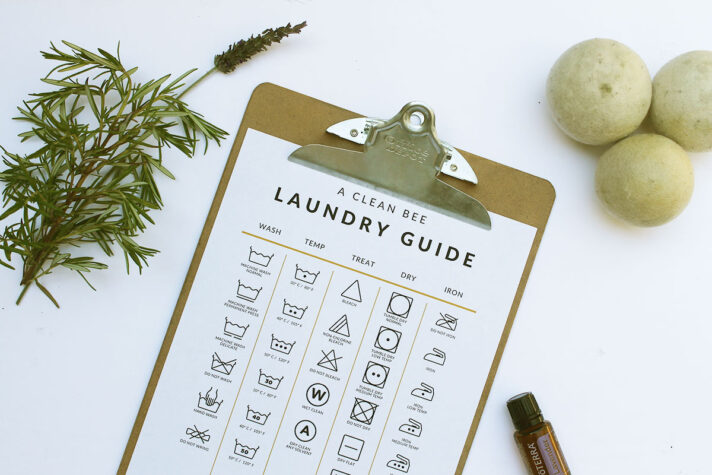As an Amazon Associate, I get commissions for purchases made through links in this post. No extra cost to you.
Have you ever wondered why there are so many different symbols on your garment care labels? Or what they actually mean? If you’ve ever found yourself perplexed by these tiny pieces of text, don’t worry—you’re not alone. In this blog post, we’re going to take a closer look at garment care labels and decode the mystery behind those symbols.
From washing instructions to drying tips and more, we’ll cover everything you need to know about taking care of your clothes. So whether you’re a fashion novice or a sartorial expert, read on to learn all about garment care labels!
Table of Contents
What are garment care labels?

Most garments come with care labels that provide instructions on how to best take care of the item. These labels usually include washing, drying, ironing, and dry cleaning instructions. Not all care labels are created equal, however, as some provide more detailed information than others.
It’s important to read and follow the garment care label in order to keep your clothing looking its best. Washing and drying instructions may seem straightforward, but there are a few things to keep in mind. For example, you should always wash similar colors together in order to prevent colors from bleeding. And when it comes to drying, it’s best to air dry most items unless the care label specifically says otherwise.
Ironing instructions on garment care labels can also be tricky. If an item is labeled “iron on low heat,” that doesn’t necessarily mean you can’t iron it on a higher setting if needed. It’s always better to err on the side of caution, however, as too much heat can damage fabric. When in doubt, consult a professional dry cleaner or tailor for guidance on how to best care for your garments.
What do the different symbols on garment care labels mean?
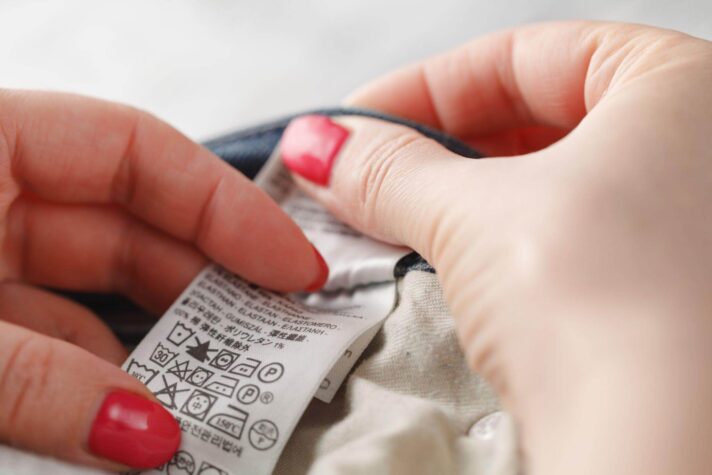
Different symbols on garment care labels indicate different instructions on how to care for the clothing item. The most common symbols are:
-Washing – a tub with water means the item is machine-washable; a hand in the tub means the item must be washed by hand
-Drying – a circle with a line through it means do not tumble dry; two triangles mean tumble dry on low heat; three triangles mean tumble dry on high heat
-Ironing – an iron with no steam means iron at low temperature; an iron with steam means iron at high temperature; an iron with a circle and line through it means do not iron
-Bleaching – a triangle with a circle inside of it means use only non-chlorine bleach when needed; two triangles mean use any bleach when needed
-Dry cleaning – a circle with a P inside of it means dry clean only
What is tumble dry?
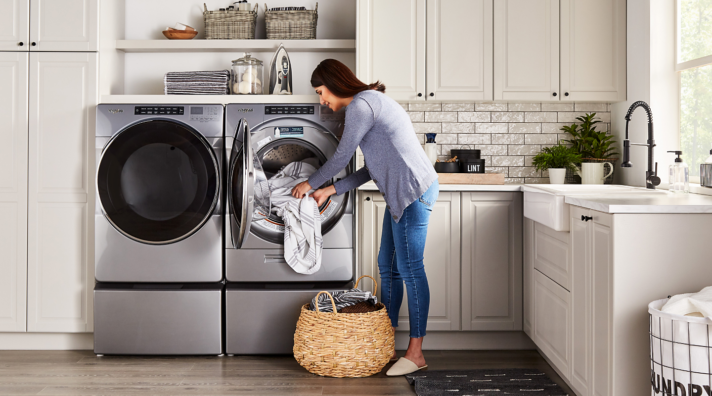
Tumble dry is a method of drying clothes in which they are placed in a dryer that spins them around to remove the moisture. This type of drying is effective for most fabrics and is faster than air drying. It is important to follow the care label instructions when tumble drying clothes, as some fabrics cannot be tumble dried or may require a different setting.
How to properly care for your clothes
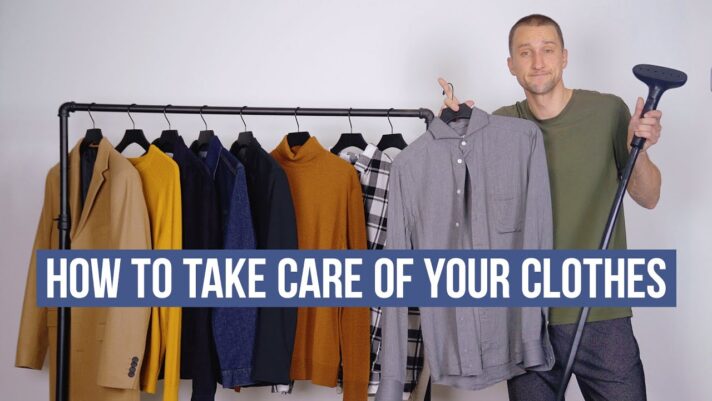
When you purchase an article of clothing, it comes with a care label that provides washing, drying, ironing, and bleaching instructions. Although the care label is there to help you keep your clothes looking their best, many people don’t know how to properly interpret and follow them. As a result, their clothes end up damaged or stained.
To avoid these problems, it’s important to take the time to learn how to properly read and follow garment care labels. Here are some tips:
– Washing: Always check the washing instructions on the care label before laundering your clothes. The most common symbols are a bucket with water (for machine washing), a triangle (for gentle cycle), or a hand (for hand-washing). Be sure to use the correct temperature of water as well. Hot water can shrink certain fabrics, while cold water can cause colors to bleed.
– Drying: After washing, consult the care label again to see how your garment should be dried. The most common symbol is a square with a line through it (indicating that the item should not be tumble dried), but you might also see an upside-down triangle (for low heat) or two triangles (for high heat). Hang drying is always best for delicate items.
– Ironing: The final step in caring for your clothes is ironing them (if necessary). The care label will have one of three symbols to indicate whether or not ironing is recommended: a flat iron, a curved iron, or a steam iron. Be sure to use the correct setting on your iron for the fabric of your garment.
By taking the time to learn how to properly care for your clothes, you’ll extend the life of your wardrobe and save money in the long run.
Alternatives to garment care labels
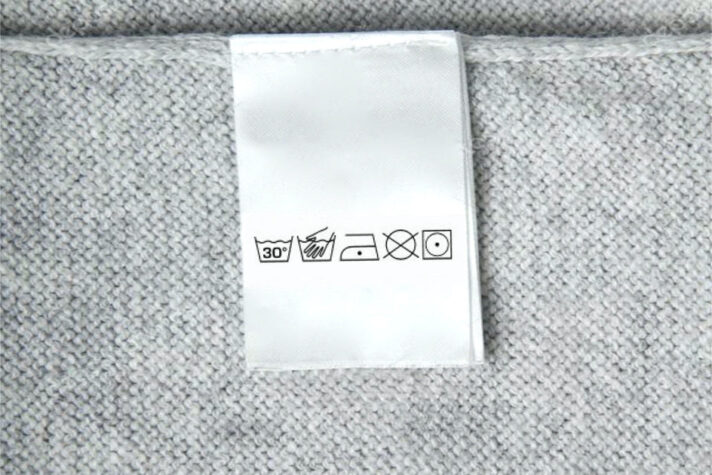
There are a few alternatives to garment care labels that can be used in order to take care of your clothes. One of them is to use color-coded hangers in your closet. For example, you could use white hangers for shirts, blue hangers for jeans, and black hangers for dresses. This way, you will be able to easily see what type of clothing is on each hanger without having to read a label.
Another alternative is to create your own system of storing and organizing your clothes. For example, you could create a system where all of your pants are stored in one area and all of your shirts are stored in another area. By doing this, you can easily find what you are looking for without having to rely on labels. Lastly, you could simply ask someone who knows more about clothing care than you do. This could be a friend, family member, or even a salesperson at a clothing store. They should be able to give you some guidance on how to best take care of the clothes that you have.
Conclusion
Care labels are essential in taking care of your clothes and other garments. By carefully following the instructions given on the label, you can prolong the life of your clothing and keep them looking their best. With a little bit of effort, you can keep your wardrobe looking great for years to come.

